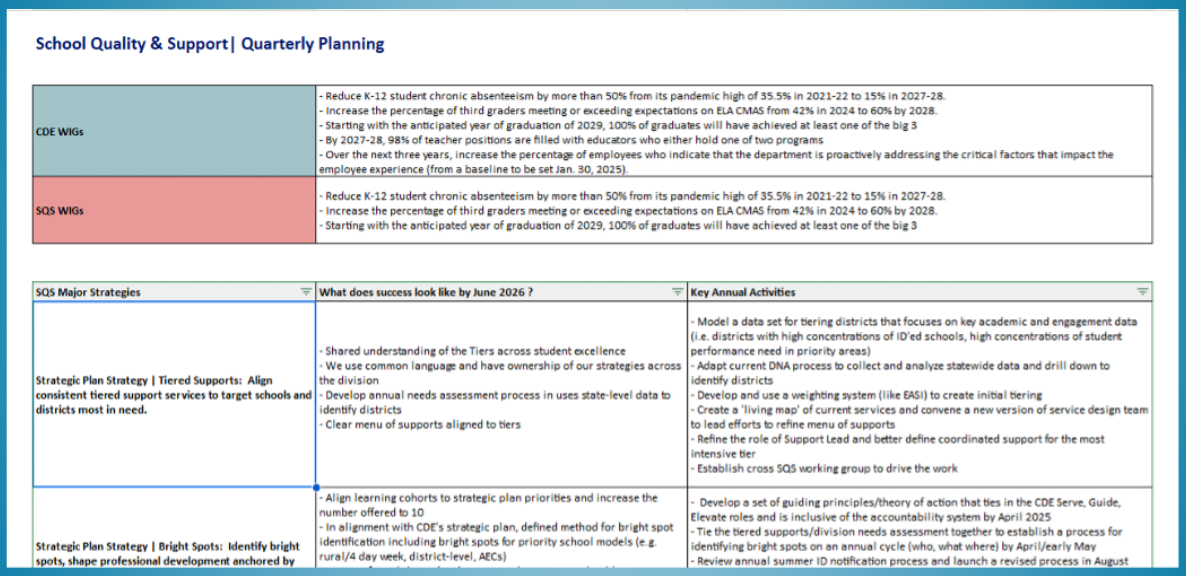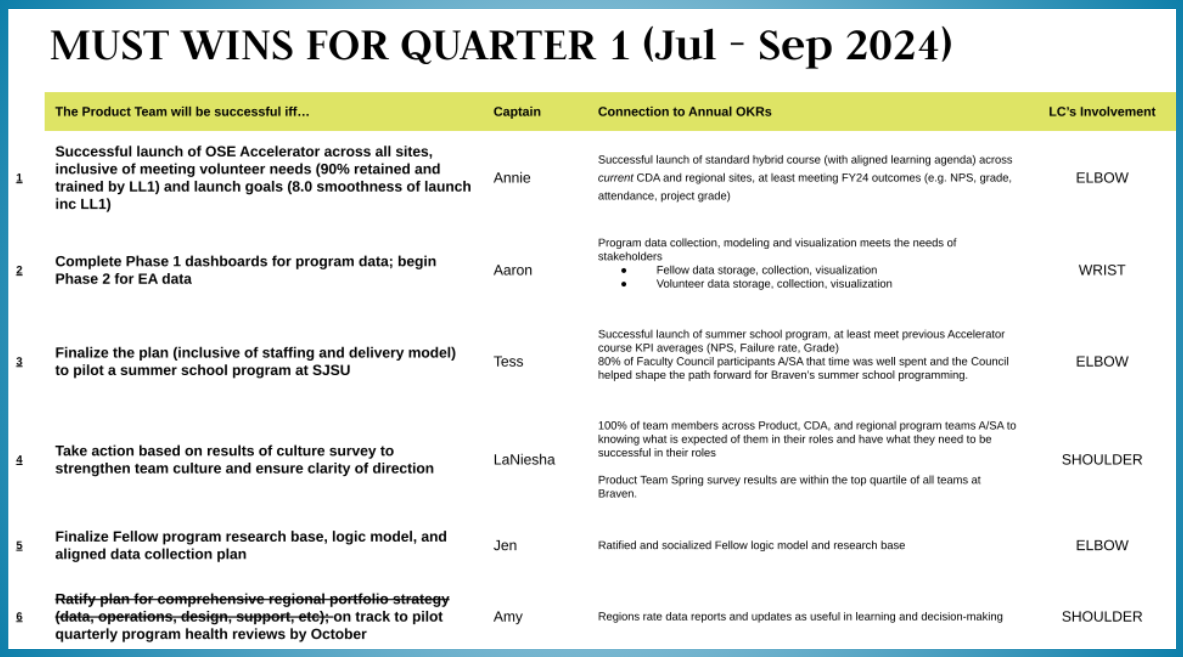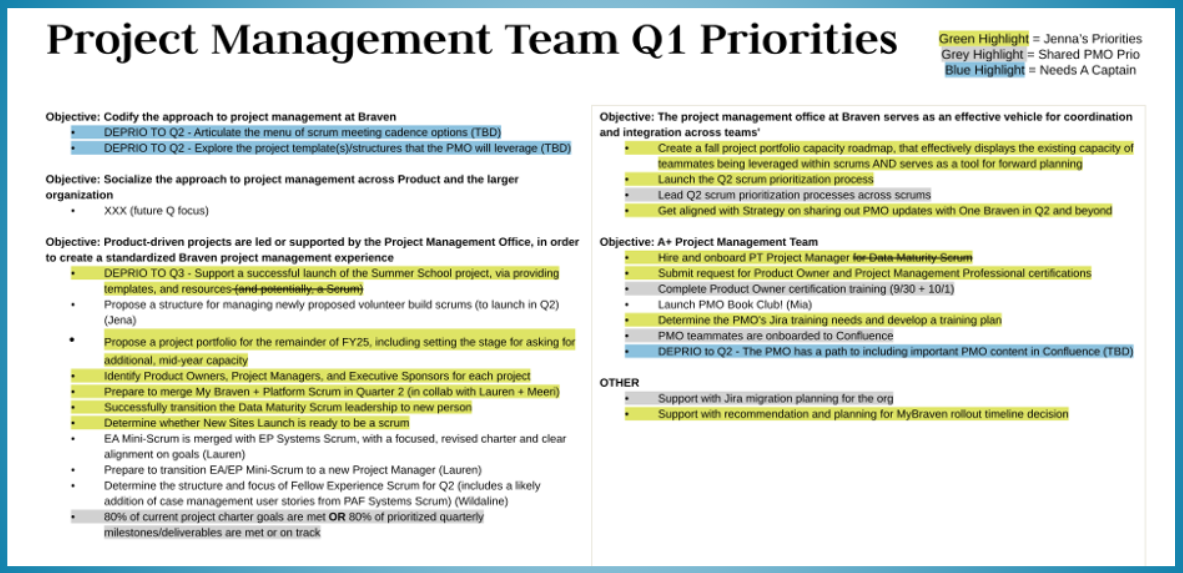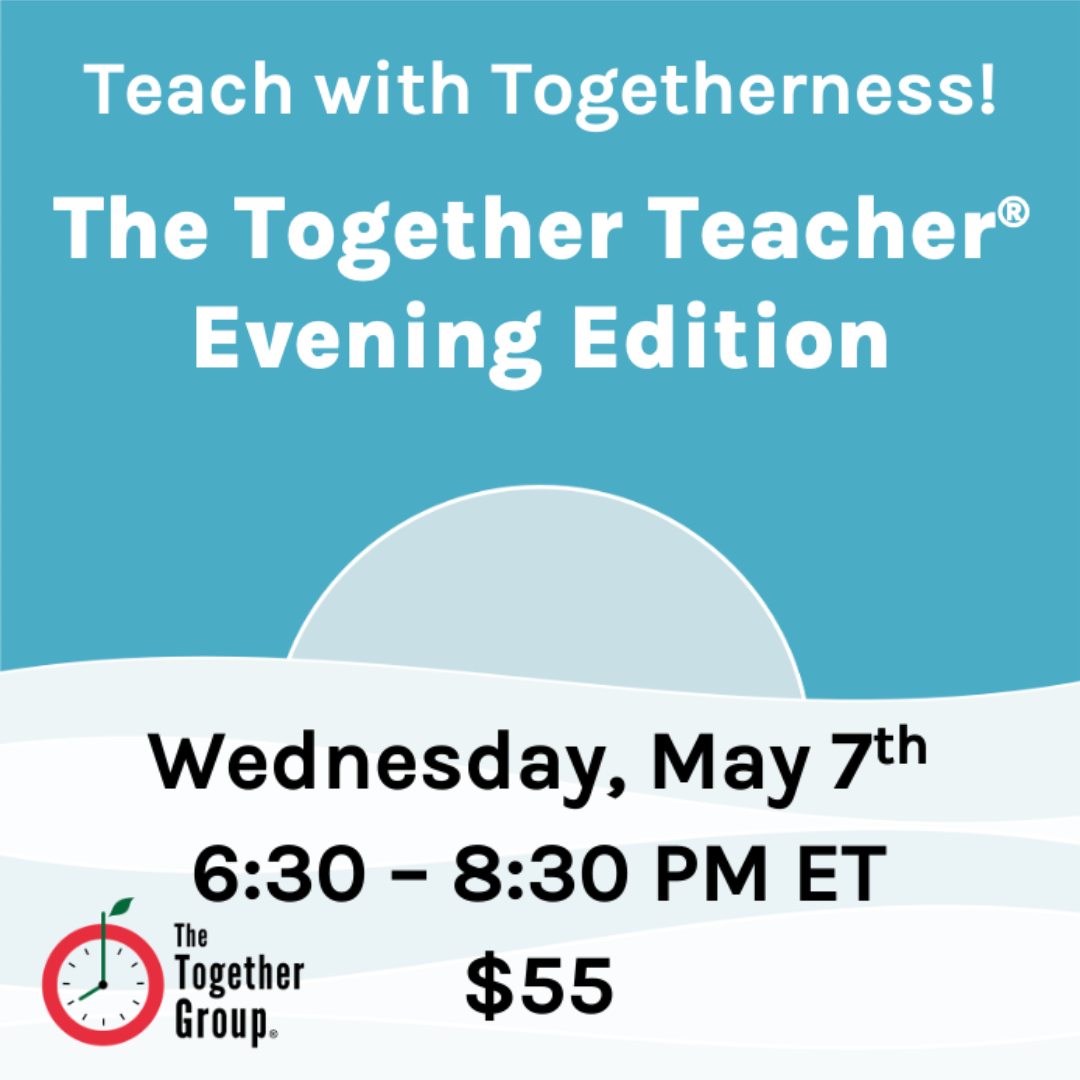Together Friends,
Public Service Announcement / Shameless Self-Promotion:
As this 30K-plus mailing list knows, we produce two high-quality (and dare I say fun?!) newsletters for our community each month, as well as spontaneous Together Community Pop-ups – all at no cost to you as participants and readers. If you find my work helpful, inspiring, or useful, we ask that you consider boosting or amplifying in one or more of the following ways:
- Forward our newsletter to three friends and ask them to sign up (there are a few great ones here, here, and here)
- Share our course information with other colleagues – or book a class of your own
- Follow and engage with us on Instagram or LinkedIn (Together Your Weekends, anyone?) or write a course review
- Jot a review for any one of our four books (aka The Together Texts!)
- Write me a personal note that we could use as a testimonial!
We aim to keep our writing and resources as open-source as possible AND as a small organization, we need to stay sustainable in these unpredictable times. Over time, we may go the way of the rest of the world and add paywalled content (is it me or does EVERYONE have a Substack now?!), but for now, the above actions will help The Together Group spread the word. Write me here and let me know what action you will take! And THANK YOU for supporting our work for almost 20 years!
AND BACK TO OUR REGULARLY SCHEDULED CONTENT. . .
In our work over the past year, we have spent a lot of time supporting and learning from folks who are thinking about TEAM-level Togetherness – especially as it relates to goal-setting, progress-tracking, and communication channels. As we head into the last turn of the academic year, this Together Tour highlights a few strong team-level Togetherness practices we have encountered. A special thank you to Braven, NSSI, and the Colorado Department of Education for sharing their processes with us – and allowing us such a helpful view into your organizations.
Together Tour: Lindsey, LaNiesha, and Keri!
Over at the Colorado Department of Education, they are hard at work designing, implementing, and executing a new strategic plan. Multi-year strategic plans can sometimes feel very disconnected from the day-to-day work. How do you connect a huge hairy strategic plan with your own team’s work?

Lindsey Jaeckel, the Assistant Commissioner of School Quality & Support, has carefully taken the strategic plan for Colorado Department of Education (CDE) and created a Quarterly Action Plan for her own team to help them see specifically the areas that they own for the ambitious statewide plan.
The Quarterly Action Plan does a few things:
- breaks down key annual and quarterly activities,
- clarifies roles and responsibilities, and
- includes a Meeting Matrix to clarify where the work will happen.
Lindsey notes that this was necessary to clarify which parts of the strategic plan the School Quality & Support team most directly owns and to create a more detailed road map to support the team as they implement the strategic plan initiatives.

Together Takeaway: Make big huge strategic plans digestible for yourself and your team.
Longtime Together friend LaNiesha Cobb Sanders, the Chief Product Officer at Braven, also breaks down a set of ambitious annual goals into language I love – “above the line” priorities and “below the line.” This distinguishes between new, ambitious, and cross-functional work, and other items that are the mechanics to keep things running – but still take time! I wanted to know, “How can you plug your team into a larger organizational planning process?”

LaNiesha often starts a quarter by laying out her team’s biggest priorities—what she calls the “must wins”—and clearly labeling them as “above the line.” She then designates who’s responsible for each high-stakes goal (“who’s on first”) and sets clear expectations for progress updates. These must-win goals become the centerpiece of weekly or biweekly team meetings. Meanwhile, the “below the line” work—still necessary, but less collaborative—primarily shows up in 1-on-1s or smaller subteam check-ins.
LaNiesha notes why this approach works:
- Improves focus. Teams can devote their best energy to the highest-impact initiatives, rather than juggling every task as though it’s equally urgent.
- Makes meetings more strategic. By pulling routine work out of group sessions, you free up time for problem-solving, decision-making, and ensuring alignment on the biggest priorities.
- Builds accountability. The “who’s on first” owner knows they’re responsible for drafting the game plan and reporting progress, which keeps everyone clear on roles and expectations.
- Maintains visibility. “Below the line” tasks aren’t ignored—they’re simply managed in more efficient ways, so they don’t derail the team’s focus on must-win efforts.
Below is an example of her team’s quarterly priorities and how they connect to the larger annual goals.

Of course, we can’t overlook the “below the line” priorities—those essential tasks that keep operations running smoothly but don’t require full-team collaboration. Each team member outlines these goals at the start of the quarter to inform 1-on-1 check-ins and ensure they get the necessary attention. Here’s one example:

Together Takeaway: Support your team in focusing on shared organizational priorities AND keep the standard work humming at high quality.
Keri Hubbard, Chief Program Officer at the National Summer School Initiative (NSSI) says, “I believe it’s exceptionally important for team members to see senior leadership actively engaging in longer-term planning processes. It reinforces that we all have priorities and should be working toward them. This isn’t just a management tool or busy work—it’s a way to ensure that our actions are purposeful and lead to real results.” How do you ensure your team has time to plan ahead?

Keri and her team at NSSI blocked time at a team-wide retreat to train on Priority Plans (Chapter 4 in The Together Leader) AND gave the team time to plan ahead and work on their own! Kerri shared how this went:
During that session:
- Team members explored resources from The Together Leader and reviewed example Priority Plans.
- They had independent time to draft their own plans.
- Small groups—Program, Operations, and Partnerships—came together to discuss their thinking and planning. This ensured that people working in similar areas could learn from one another and refine their individual plans.
Keri says, “As a manager, I review my team’s Priority Plans before our one-on-one check-ins. This helps ensure that priorities remain clear and that team members are aligning their actions with their stated goals.”

Together Takeaway: Make sure you are practically demonstrating to your team the importance of planning ahead. This is real work that supports an organization, and it is important to dedicate time to it – often in a shared space.
As we head into a busy time of year when many of us are closing out one year with an eye toward the next academic year (anyone else hiring, planning summer, and trying to still hit year-end goals?!), pause and think about how you can support and participate in quarterly planning. Our Priority Plans and Meeting Matrices are a great start, and building in checkpoints along the way can ensure we stay on track with the priorities we’ve identified.
PS If you want to think about your own summer, join us here. . .

- Have you ever wondered how we Together our Trainings? If you missed our Together Your (Online) Trainings pop-up, check out our tips and tricks for delivering a dynamic session.
- Spring break is around the corner—are you ready? If you’ll be hitting the road this spring with kids in tow, you’ve gotta have a way to keep the backseat arguments at bay and keep everyone entertained.
- My weekends are sometimes busier than my weeks. With four kids and ALL THE ACTIVITIES, we have to Together our Weekend as much as we do our work weeks. Tell us how you keep yourself Together on the weekend over on LinkedIn!


